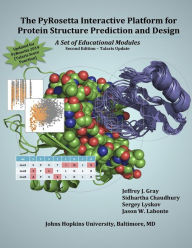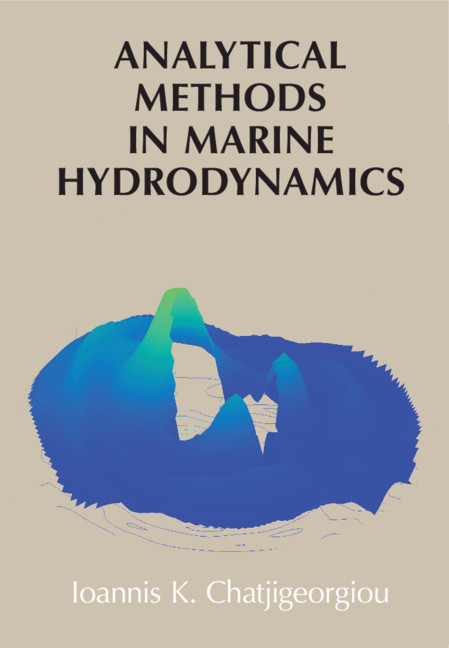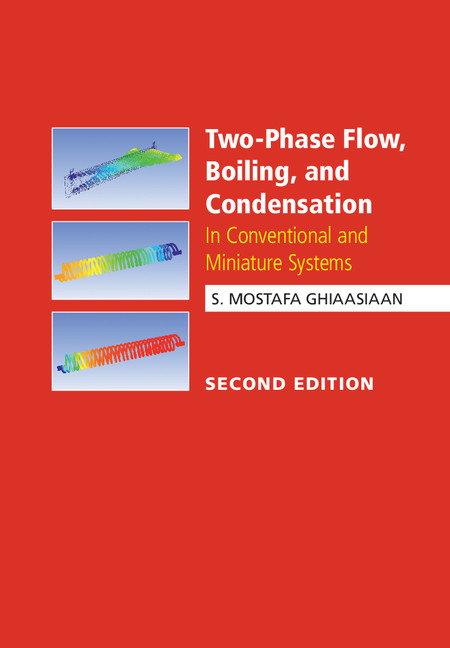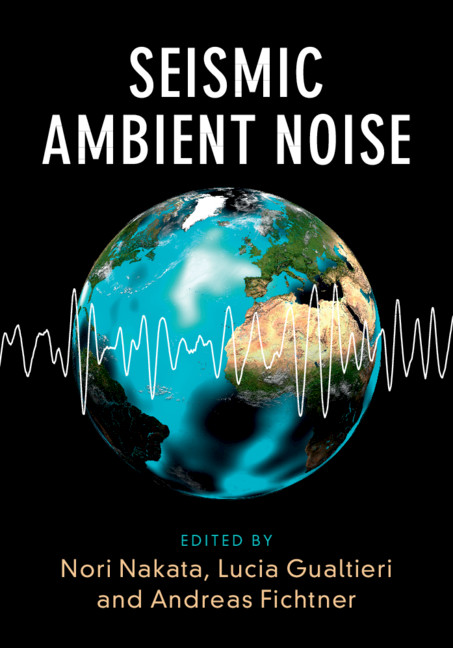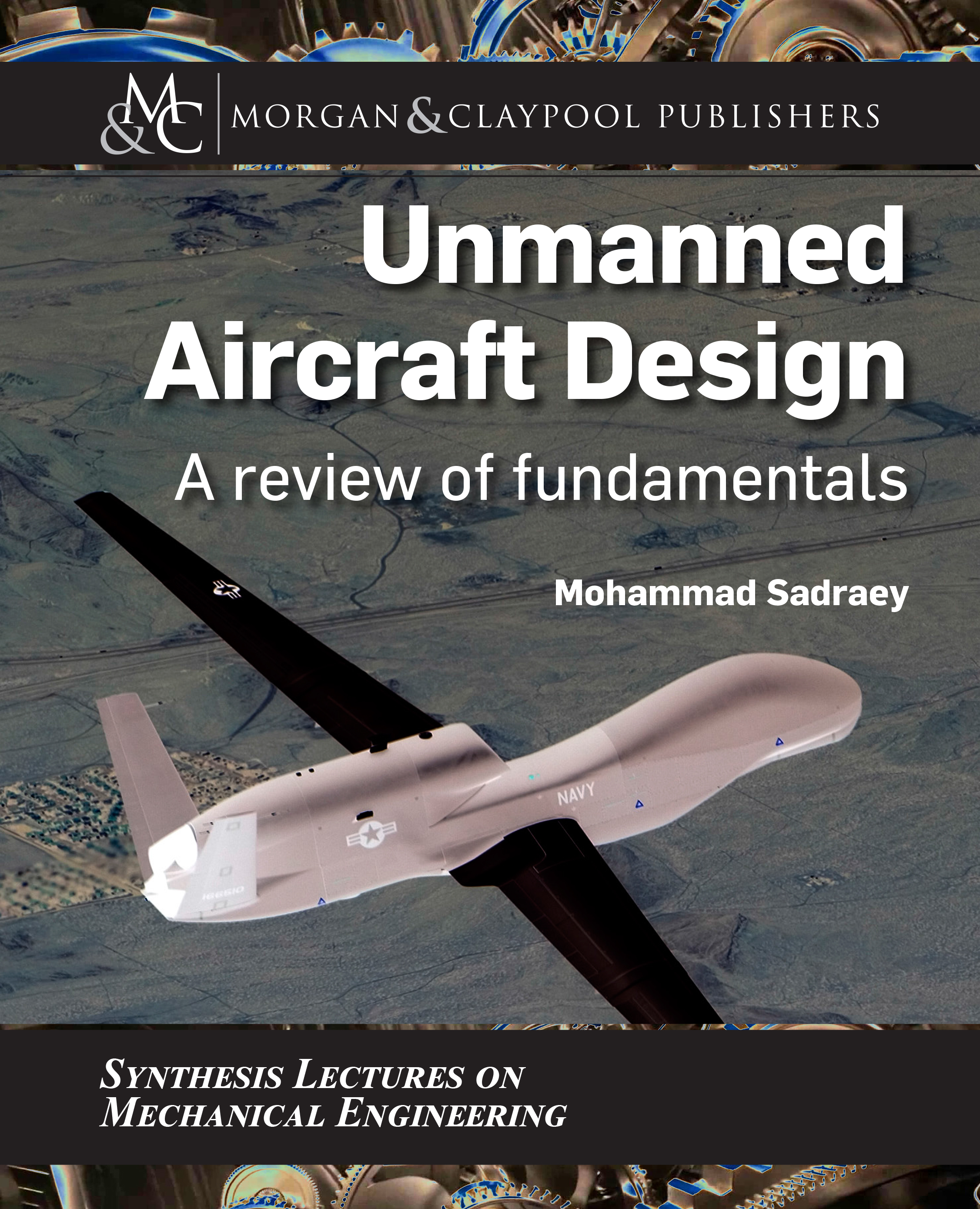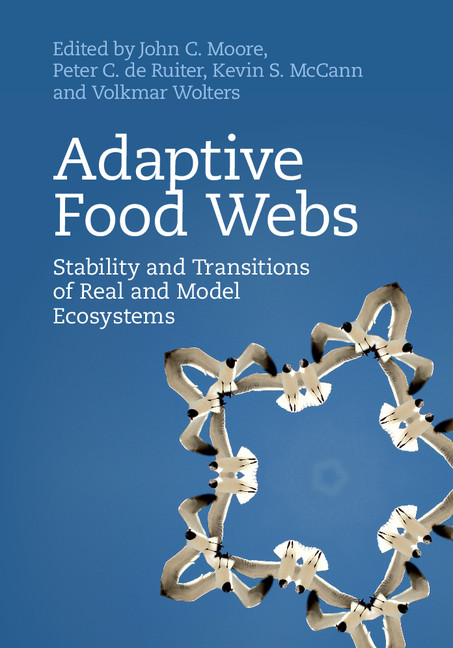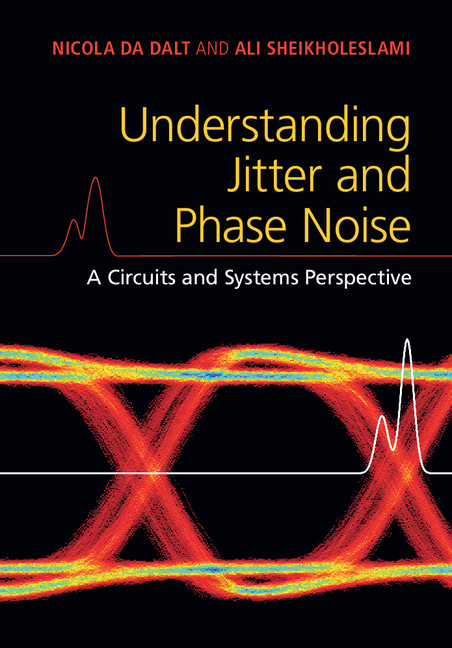
- Browse Category
Subjects
 We Begin at the EndLearn More
We Begin at the EndLearn More - Choice Picks
- Top 100 Free Books
- Blog
- Recently Added
- Submit your eBook
password reset instructions

Professionally converted for accurate flowing-text e-book format reproduction, this excellent report provides an update on the status of major astronaut risks and NASA's effort to manage those health risks. Space flight is an inherently risky endeavor and NASA has identified 30 human health and performance risks associated with space travel, including Behavioral Health and Performance, Inadequate Food and Nutrition, Space Radiation, and Vision Impairment and Intracranial Pressure. In addition, NASA's current plan to send a crewed mission to the Martian surface by the 2030s will expose astronauts to new and increased hazards. Although the Agency has developed mitigation strategies to reduce the impact of most of the risks associated with travel in low Earth orbit, many of the risks associated with long duration space travel are not fully understood.
To better appreciate the risks to human health and performance associated with space travel, NASA and its partners are performing a variety of studies on Earth and the International Space Station. In addition, multiple NASA offices play a role in developing procedures, medications, devices, and other strategies (countermeasures) to mitigate these risks, including the Human Exploration and Operations Mission Directorate (HEOMD), which provides leadership and management of NASA's human space exploration programs; Human Health and Performance (HHP) Directorate, the Agency's primary resource for human health and performance issues related to space travel; and Human Research Program (HRP), which is focused on investigating and mitigating the highest risks to astronaut health and performance. In 2014, HRP completed a detailed schedule known as the Path to Risk Reduction setting forth the rate by which the Program expects to complete development of countermeasures for various risks through 2028.
In this audit, we examined NASA's efforts to manage the health and human performance risks posed by space exploration. To determine how NASA manages risk mitigation, we reviewed the status of HRP's human health and performance risks based on the Program's schedule and risk matrix. We also reviewed Federal and NASA policies, regulations, and plans, and interviewed representatives from the Office of the Chief Health and Medical Officer, HEOMD, HHP, and HRP; various subject matter experts; and a selection of astronauts.
Less- Publication date
- Language
- ISBN
- January 15, 2016
- English
- 389f8a8c-d634-4bca-b90b-70bd16220870









